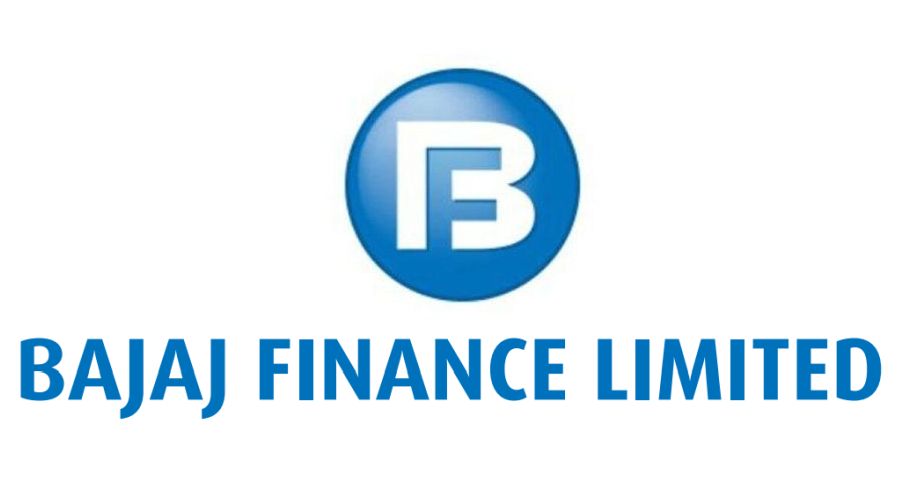on October 21, NBFC giant Bajaj Finance reported a huge 36 percent decline in consolidated profit for the quarter ended September 2020 high provisions is the reason for the decline.
During the quarter, profit chops down to Rs 965 crore down from Rs 1,506 crore in last year’s second quarter.
in Q2FY21 year-on-year, consolidated net interest income rose 4 percent to Rs 4,165 crore which was better than Rs 3,711.7 crore, as predicted by CNBC-TV18 poll.
As a measure of prudence during the quarter, the company announced it had reversed capitalized interest of Rs 142 crore. in H1 FY21 the total amount of interest income was Rs 361 crore.
in the second quarter of the financial year 2021, consolidated assets under management at Rs 1.37 lakh crore rose by 1.1 percent YoY, at the same time new loans booked during the second quarter were 3.62 million as against 6.47 million in the same period of FY-2020.
Results of subsidiaries Bajaj Housing Finance and Bajaj Financial Securities we’re included in the consolidated earnings.
As of September 2020, liquidity surplus stood at Rs 22,414 crore as against Rs 8,107 in the same period last year. For Q1 FY21, the cost of liquidity surplus was almost Rs 220 crore as against Rs 47 crore in Q2 FY20. According to company officials, the liquidity position of the company remains very strong.
For the September quarter, the loan losses and provisions were Rs 1,700 crore, nearly trebled compared to Rs 594 crore in the correct ponding period previous financial year.
Due to the ongoing pandemic, the company had further increased its provisions on stage 1 and 2 assets by Rs 1,370 crore to Rs 5,099 crore as of September 2020 as against Rs 3,729 crore as of June 2020. The company has strong pre-provisioning profitability to manage loan losses arising out of COVID-19.
As of September 2020, the provisioning coverage ratio was 64 percent against 65 percent in the last quarter.
The provisioning coverage on stage 1 and 2 assets, till the second quarter of FY-2021, was 369 bps versus 273 bps as of June 2020 and as against 90-100 bps during the pre-pandemic situation.
Talking about the asset quality, gross non-performing assets (NPA) as a percentage of gross advances fell 37 bps sequentially to 1.03 percent in Q2FY21, while net NPA was down 13 bps to 0.37 percent QoQ.
After the Supreme Court order, the company has not classified any accounts which were not NPA as of August 31, 2020, as per RBI norms, as NPA after August 31, 2020. If the company had classified borrower accounts as NPA after August 31, 2020, the company’s gross NPA and net NPA ratio would have been 1.34 percent and 0.56 percent respectively.

